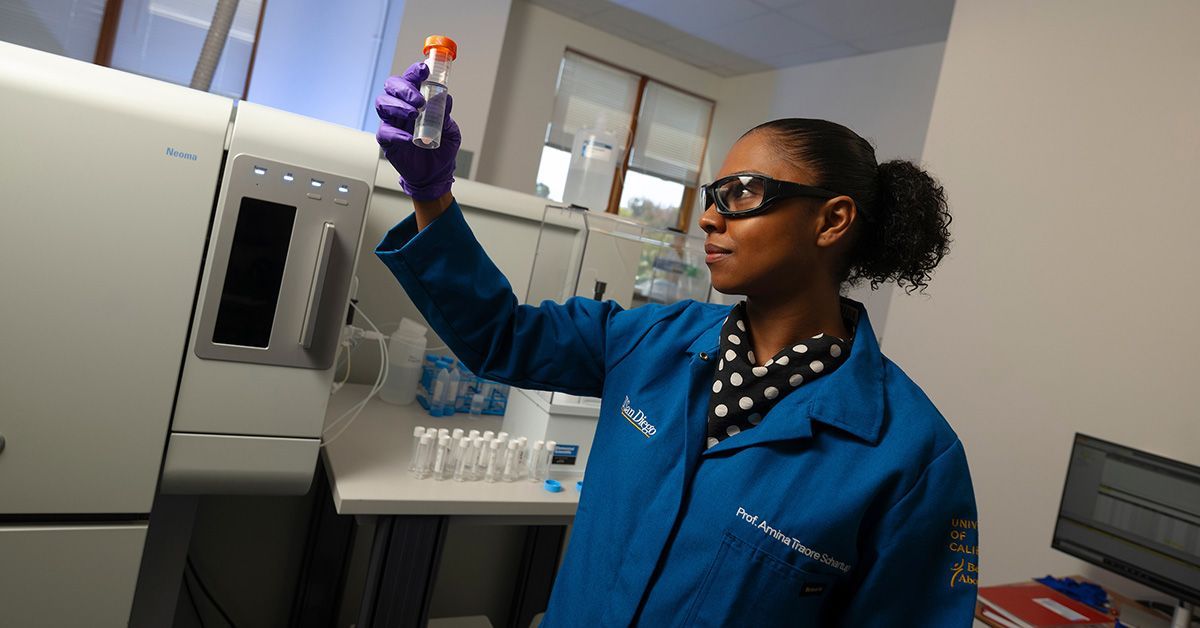6 Ways UC San Diego Research is Future-Proofing the Planet
Published Date
Article Content
Our planet is under growing pressure—whether it’s the safety of the food we eat, the quality of the air we breathe or the stability of the systems we rely on—and UC San Diego researchers are stepping up with science-driven solutions. In honor of Earth Day, we’re spotlighting six innovative efforts to tackle some of today’s most pressing challenges, including water insecurity, climate-linked infectious diseases and threats to our food supply.
Much of this research is made possible by federal funding from the National Institutes of Health (NIH) and the National Science Foundation (NSF), underscoring the critical role of public investment in protecting both people and the environment. Learn how these teams are working to build a healthier, more resilient future for communities around the world:
1. Tracking what’s changing in our seafood
Seafood is one of the last widely consumed wild foods on the planet—and for millions of people, it’s a critical source of protein and essential nutrients. But as the ocean changes, so might the balance of what makes seafood healthy or harmful.
At Scripps Institution of Oceanography, marine biogeochemist Amina Schartup is leading one of three major multidisciplinary research efforts exploring the sources, fates and potential toxicity of human-made and natural chemicals in the ocean under the newly re-established Scripps Center for Oceans and Human Health. With $7.35 million in federal support from the National Science Foundation and National Institutes of Health, the center is one of just six nationwide focused on how ocean exposures affect human health.
Schartup’s team is investigating how nutrients like selenium and omega-3 fatty acids—and contaminants like mercury and persistent organic pollutants—accumulate in marine food webs, and how changes in ocean conditions, such as temperature, may alter those concentrations over time. The researchers are building global models to simulate chemical cycling in the ocean and forecast future exposure risks under different scenarios.
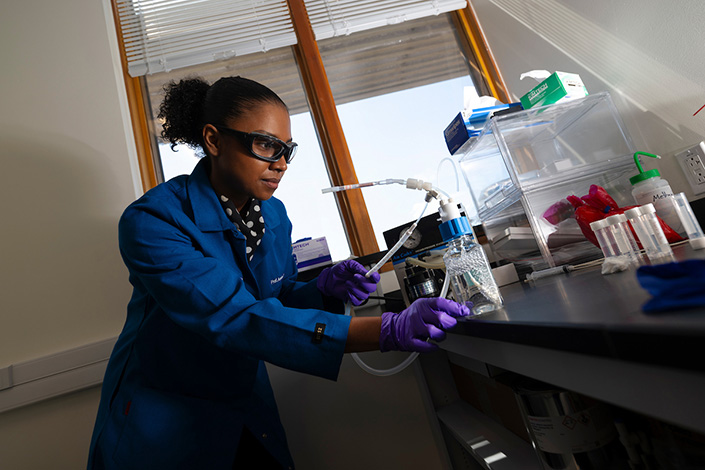
In addition to the models, they rely on field samples collected by biological oceanographer Anela Choy, who is co-leading the project. These samples not only help the researchers better understand what happens in the deeper ocean, but also provide essential data for evaluating and refining their models.
By studying fish like lancetfish, which slowly digest and accumulate mercury in deep-sea ecosystems, researchers can better understand, and potentially predict, how chemicals travel through the food chain and end up on our plates. Their goal is to help consumers, regulators and fisheries make informed decisions about seafood safety and sustainability.
One of the project’s biggest concerns is the nutritional trade-off: in some regions, rising contaminant levels could coincide with declining nutrients, shifting seafood from a vital health resource to a potential risk. Understanding where and when that balance tips is key to protecting public health and food security.
“It is important to know that the best way to reduce contaminants in our seafood is to cut down on what we release into the environment,” said Schartup. “Once the pollutants enter the system we do not have a way to remove them. This is our best tool for keeping seafood safe and nutritious."
2. Facing the future of water scarcity
What if your country ran out of water?
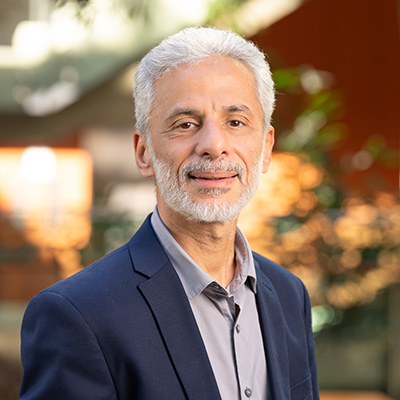
In Jordan—one of the driest, most water-scarce nations on Earth—that question is already real. Situated in the heart of the Middle East, the country is already facing severe shortages and is projected to reach full water insecurity by 2030.
To help combat this looming crisis and prepare for a future where similar conditions could arise anywhere, a team of researchers is working on urgent solutions. Wael Al-Delaimy, a multidisciplinary epidemiologist at the Herbert Wertheim School of Public Health and Human Longevity Science, is leading an international collaboration of more than 30 scientists. The team spans fields from engineering and economics to public health and remote sensing, all working to address the interconnected challenges of water scarcity, energy needs, food security and health impacts.
This work defines the mission of the Global Center on Climate Change, Water, Energy, Food and Health Systems, an NIH-funded, three-year initiative launched in 2023 to deliver scalable solutions for the most vulnerable global populations.
Al-Delaimy describes the Middle East as a preview of how environmental stressors—heat waves, drought and vanishing water supplies—can destabilize communities. In Northern Jordan, his team is already witnessing the effects: rising anxiety, stress and potentially increased risks of kidney disease and hypertension from drinking water not meant for human consumption.
The center’s work is not only advancing science but also is engaging the next generation by involving Jordanian high school students in designing solutions for their communities.
“We consider this work as being at the front line of climate-driven threats to public health and daily life,” said Al-Delaimy, who also developed and co-leads another multidisciplinary program in Jordan, Morocco and Lebanon to address health impacts of water, air pollution, dust storms and temperature. “By understanding these challenges and the complex interactions among them, we are preparing preventive solutions and contingency adaptation plans for the U.S. and the rest of the world."
3. Reimagining the power grid
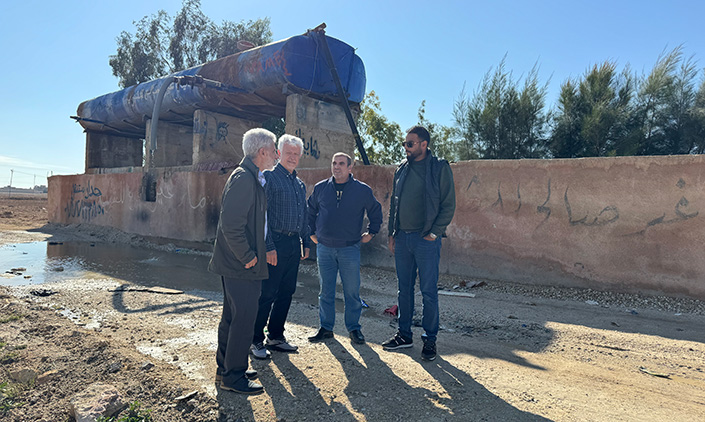
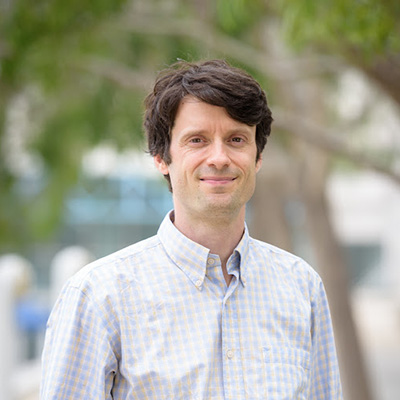
As extreme weather intensifies and the demand for energy grows, the U.S. power grid—a massive and outdated system—is under increasing strain.
UC San Diego is tackling this problem head-on with DERConnect, a $42 million NSF-funded “grid sandbox” built to help get more renewables onto the grid. Integrated into the university’s microgrid, the platform enables researchers to test how distributed energy sources—like solar panels, wind turbines and electric vehicles—can work together in real-world conditions. It connects and controls a dozen campus buildings, over 2,400 light fixtures, hundreds of smart plugs and all the university’s solar panels and electric vehicle chargers, turning the campus into a living laboratory for energy innovation.
Led by Jan Kleissl, a professor in the Department of Mechanical and Aerospace Engineering at Jacobs School of Engineering, DERConnect allows researchers to ask and answer urgent questions: During a heat wave, when the grid is under stress and demand for electricity spikes, how can we make the most of solar energy while keeping up with EV charging? Early tests already show promise, finding that simply turning off air flow systems outside of business hours could cut energy costs in half.
The facility can simulate the power needs of an entire state, like California, down to individual devices such as EV chargers, printers and TVs. Its flexible design enables researchers from academia and industry to develop and test scalable solutions for building resilient, decarbonized power grids.
“DERConnect will show grid operators how to leverage millions of grid-connected devices in homes and businesses to reliably and economically operate the power grid,” said Kleissl. “Rather than building a power plant, operators will be able to leverage electric vehicles, water heaters and air conditioners to fine-tune operations and reduce power outages.
4. Spotting outbreaks before they begin
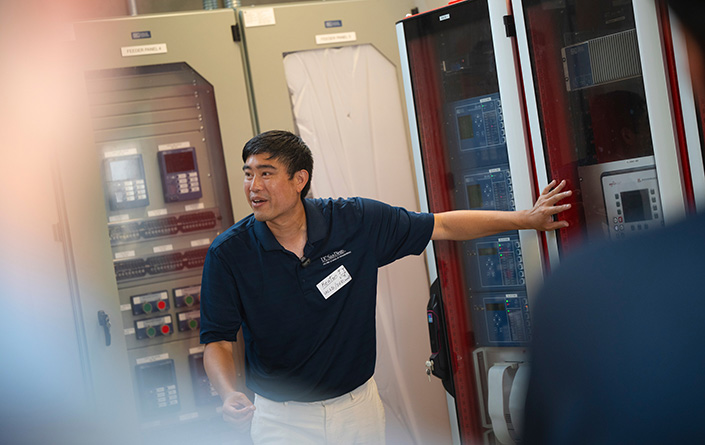

What if we could predict the next infectious disease outbreak—not just respond to it? As researchers race to understand how environmental shifts affect human health, a growing body of evidence suggests that tracking patterns in weather and landscape could provide public health officials with an early warning system for emerging health threats.
One of the most compelling examples comes from the American Southwest, where cases of Valley fever—a potentially deadly fungal infection—have surged in recent years. Caused by inhaling spores released from dry soil, the disease has long been a problem in arid regions. But its recent spike, particularly in California, is offering insight into how climate-linked factors like drought and precipitation can shape when and where diseases appear.
With support from NIH, environmental health scientist and climate epidemiologist Alexandra Heaney, an assistant professor in the Herbert Wertheim School of Public Health and Human Longevity Science, and collaborators at UC Berkeley and the California Department of Public Health analyzed more than two decades of Valley fever data alongside climate records. They discovered that wet winters following droughts consistently set the stage for major outbreaks, possibly by fueling fungal growth and altering the microbial makeup of the soil. Another idea is that droughts may kill off rodents, which likely serve as important nutrient sources for the fungus. All of these factors could be contributing to the surges researchers are seeing.
Using this data, the team was able to successfully forecast record-breaking Valley fever seasons in 2023 and 2024—a major advance in climate-informed disease forecasting.
“Valley fever is one example of how a warming planet can reshape the risks we face from infectious diseases,” Heaney said. “As temperatures rise and weather patterns shift, we’re seeing changes in when and where certain diseases appear—and who is most affected. Understanding these patterns can help public health and health care officials act sooner, reduce illness and protect those most at risk. The goal is to move from reacting to outbreaks to anticipating them, using climate data to guide smarter responses."
5. Turning data into action for the planet
Our planet is shifting. Rising seas, intensifying wildfires and stressed ecosystems are becoming the new normal. But data alone won’t drive change: People need to see it to understand it. That’s where EcoViz comes in.
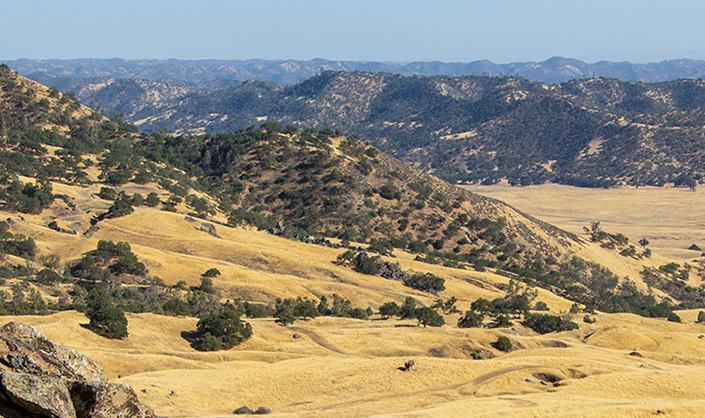
A collaboration between UC San Diego’s San Diego Supercomputer Center (SDSC) in the School of Computing, Information and Data Sciences and Scripps Institution of Oceanography, in partnership with UC Santa Cruz’s Center for Coastal Climate Resilience, EcoViz transforms complex environmental data into immersive, accessible visualizations. Using tools like web browsers and game engines, the team works with scientists and community stakeholders to highlight the real-world benefits of informed policy and nature-based solutions.
Collaborative projects from the EcoViz initiative, featured in a recent IEEE VIS publication, span a range of challenges—from modeling the role of coral reefs in flood protection to simulating controlled burns and illustrating marine animal behavior. As artificial intelligence becomes more integrated into research, these tools help make complex science clearer and more usable.
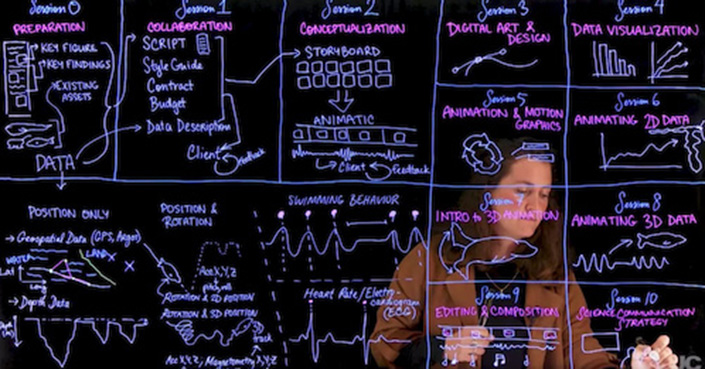
Leading this work, which is partially NSF-funded, are Jessica Kendall-Bar, an Eric and Wendy Schmidt AI in Science Postdoctoral Fellow at Scripps, and SDSC Chief Data Science Officer Ilkay Altintas, who directs the Schmidt AI in Science Fellowship at UC San Diego.
Kendall-Bar, an expert in visual storytelling, recently joined a workshop hosted by NASA, the Smithsonian and WILDLABS to help develop a new biodiversity observation network based on animal movement. There, she highlighted how visualizing animal movement can support policies that keep wildlife populations connected. She and collaborators are now developing decision support tools to guide conservation of intertidal zones threatened by sea level rise.
“Visualizations directly inserted into policy briefs quickly and effectively communicate the value of healthy, connected ecosystems,” said Kendall-Bar. “Our tools aim to show how protecting nature also safeguards the critical infrastructure and food systems that people rely on."
6. Keeping food systems steady in uncertain times
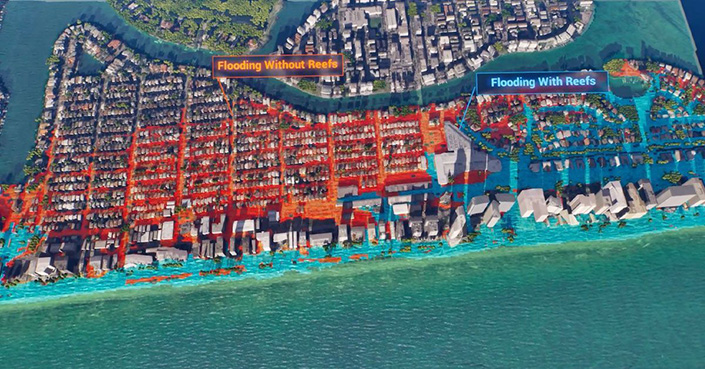

Agriculture has always been tied to weather, but in today’s world, increasing environmental variability is making it harder to grow food reliably. In places where food systems are already under strain, even a season of unusually high yields can bring unintended consequences.
On the continent of Africa, where most people rely on agriculture and the population could reach nearly 5 billion by the year 2100, these dynamics are particularly urgent. Weak, or “shallow,” food markets—where storage is scarce and trade is limited—can cause prices to collapse during bumper crop years. These price shocks discourage farmers from investing in their land and drive many toward subsistence farming, threatening long-term food security.
Craig McIntosh, a professor of economics in the School of Global Policy and Strategy, along with colleagues Krislert Samphantharak and Jennifer Burney, are working to better understand and break this cycle. Building on techniques they developed in a similar study based in Brazil last year, the team is analyzing crop, weather and economic data from across Africa to forecast where food systems are most vulnerable and what interventions could make the biggest difference. The model combines historical data with simulations of future weather scenarios to guide decisions on infrastructure, such as whether to prioritize storage or trade routes depending on how weather patterns vary across space and time.
With much of the world’s future population growth centered in Africa, and extreme weather threatening crop reliability, the stakes couldn’t be higher. The ultimate goal of this work is to help governments and institutions plan ahead before volatility destabilizes food systems, local incomes or national economies.
“Not by choice, but by necessity, agriculture is the sector that is going to support the livelihood of this incredibly pivotal continent moving forward,” said McIntosh. “We think of this work as a crystal ball—one that helps identify the investments that, come 2050, people will wish they’d made."
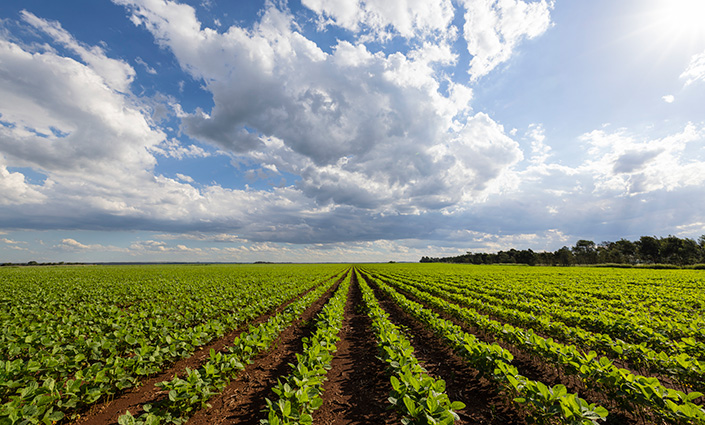
Share This:
You May Also Like
Stay in the Know
Keep up with all the latest from UC San Diego. Subscribe to the newsletter today.
